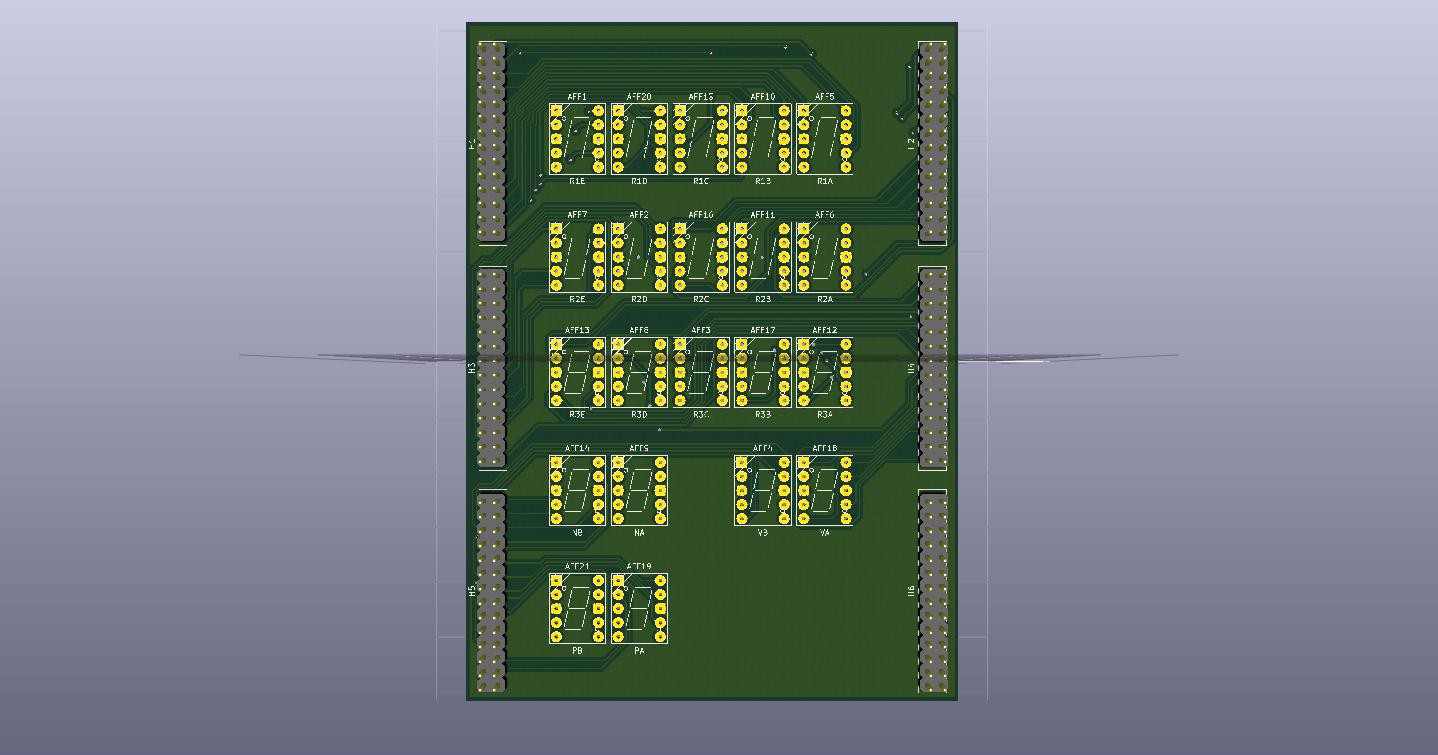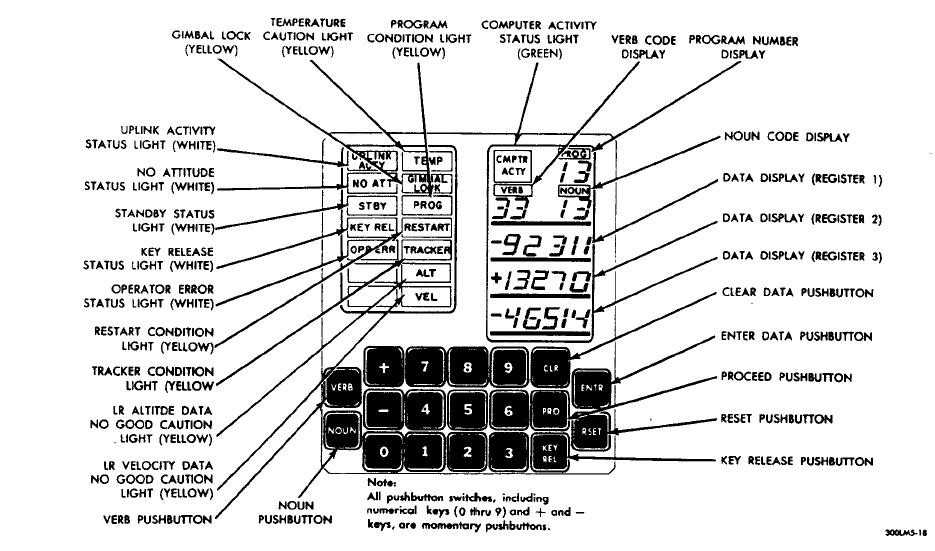The original software that DSKY were all written in a assembler called YUL (“Yuletide”). Although the source code for DSKY are available on line, not everyone understand the language itself. Because of this, I plan on converting the programming language to something modern such as C. The intention was to get the functionality of DSKY itself, not recreating DSKY to it's finest details.
The main platform for this project is based on the ARM Cortex M0+ Core. The specific platform is the KL25Z MCU. This platform was specifically chosen because of it's low cost, Online IDE, and community backers. All documentations pertaining this project will be available online for anyone who want to build their own DSKY.
The Open Source DSKY (OSDSKY) will drive the indicator lights and the 7-segments. Additionally, the OSDSKY will have a keypad for inputting data and acceessing programs. Lastly, The OSDSKY will send and receive data from the Real Time Clock.
Future add-on will include communication between a computer (Desktop, Laptop, SBC) via USB, Wifi, or Zigbee. A easy to follow user guide, and a professionally made PCB (both kit and built).
System Design:

Proof of Concept Video:
 Viva Penguinos
Viva Penguinos
 Just note that this project is at a snail crawl because of school and the cost of having them produce but if anyone is interested in buying this board in particular, Let me know in the comments or message me and I'll work something out with you.
Just note that this project is at a snail crawl because of school and the cost of having them produce but if anyone is interested in buying this board in particular, Let me know in the comments or message me and I'll work something out with you.












 Philip
Philip
 ksk
ksk
 Matthew James Bellafaire
Matthew James Bellafaire
 Desreverteg
Desreverteg
Have you seen the book "The Apollo Guidance Computer -- Architecture and Operation" by Frank O'Brien? It has everything you could possibly want to know, and then some, about the AGC and the DSKY unit. Check it out!!